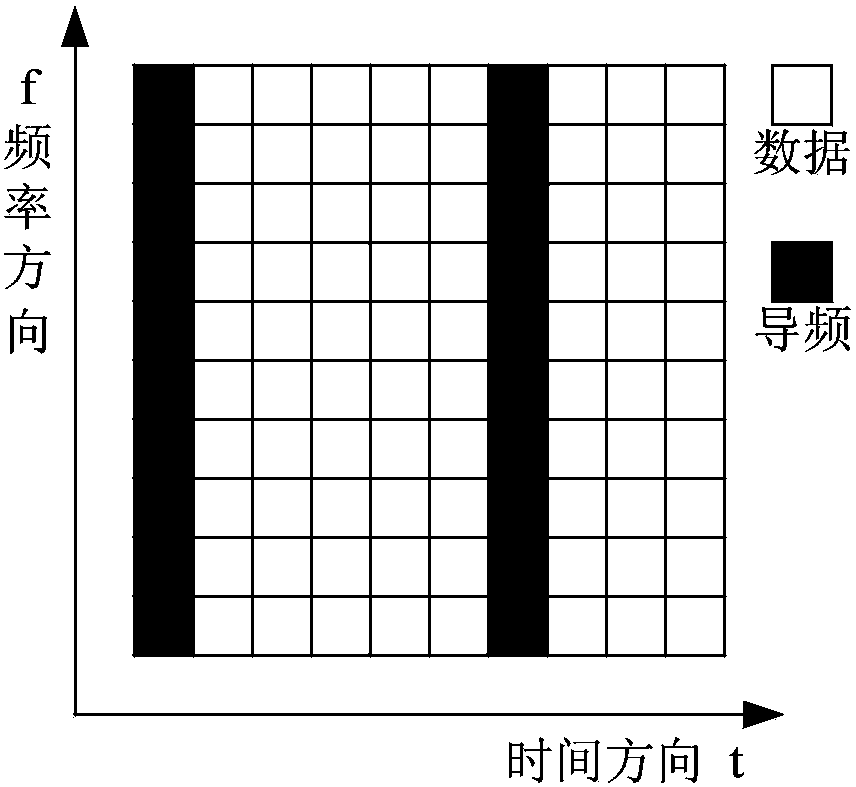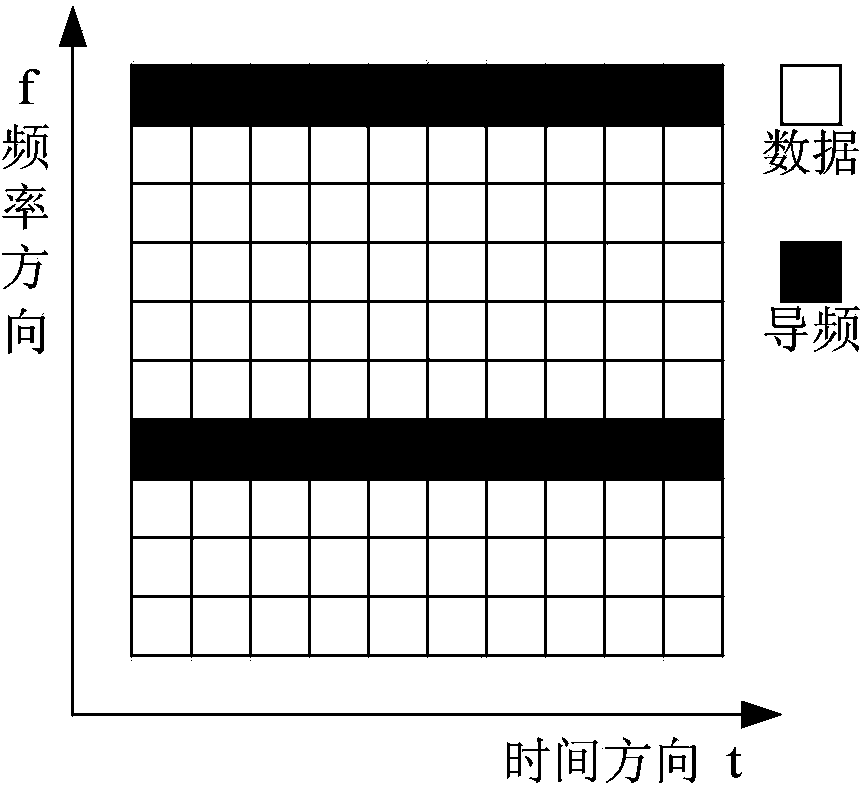Signal-to-noise-ratio estimation method
A signal-to-noise ratio estimation and signal-to-noise ratio technology, which is applied in the field of signal-to-noise ratio estimation and can solve problems such as large amount of calculation and deterioration of estimation performance.
- Summary
- Abstract
- Description
- Claims
- Application Information
AI Technical Summary
Problems solved by technology
Method used
Image
Examples
Embodiment Construction
[0037] In order to further understand the technical means and characteristics of the present invention, it will be further described in detail with examples in conjunction with the accompanying drawings.
[0038] The signal-to-noise ratio estimation method of the present invention can be applied to OFDM (Orthogonal Frequency Division Multiplexing, Orthogonal Frequency Division Multiplexing) system, but not limited to OFDM system, for example, can also be applied to CDMA (Code Division Multiple Access, code division Multiple access), SC-FDMA (Single-carrier Frequency-Division Multiple Access, single-carrier frequency-division multiple access) and other systems.
[0039] The signal-to-noise ratio estimation method of the present invention will be described in detail below by taking OFDM system signal-to-noise ratio estimation as an example.
[0040] The OFDM system includes an OFDM transmitter and an OFDM receiver, and the structure of the OFDM receiver is generally as follows ...
PUM
 Login to View More
Login to View More Abstract
Description
Claims
Application Information
 Login to View More
Login to View More - R&D
- Intellectual Property
- Life Sciences
- Materials
- Tech Scout
- Unparalleled Data Quality
- Higher Quality Content
- 60% Fewer Hallucinations
Browse by: Latest US Patents, China's latest patents, Technical Efficacy Thesaurus, Application Domain, Technology Topic, Popular Technical Reports.
© 2025 PatSnap. All rights reserved.Legal|Privacy policy|Modern Slavery Act Transparency Statement|Sitemap|About US| Contact US: help@patsnap.com



